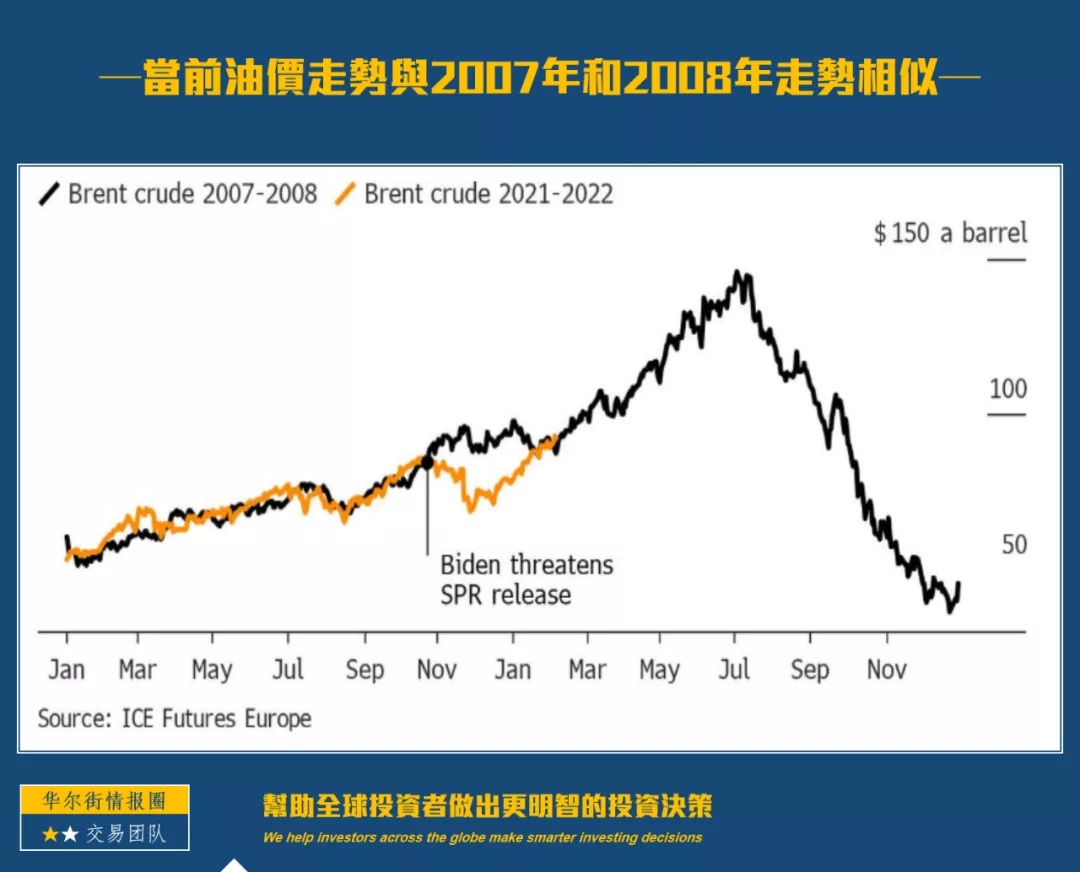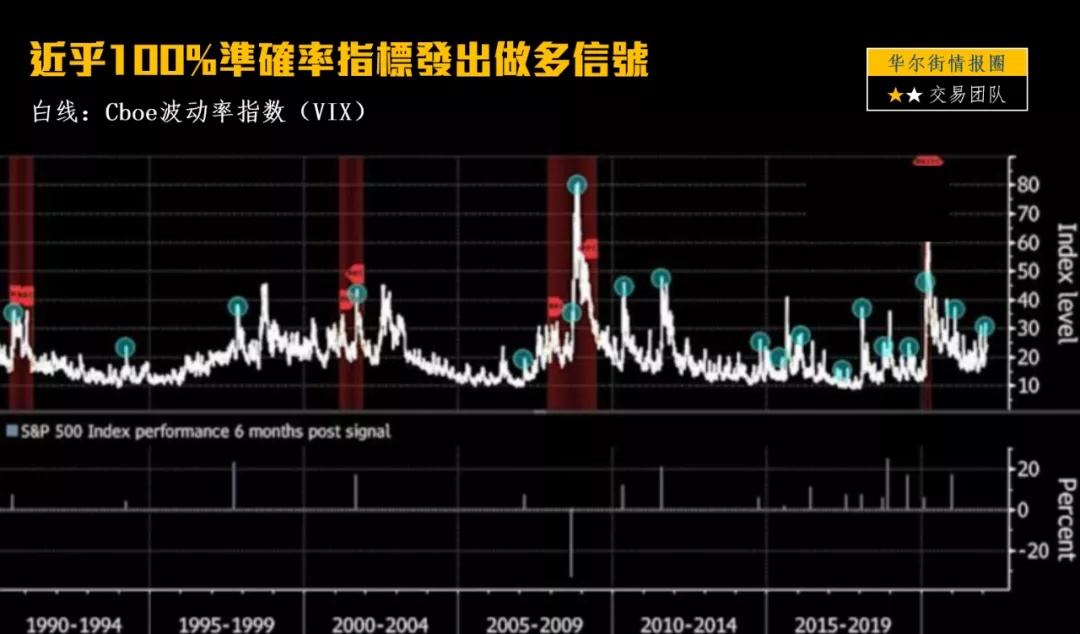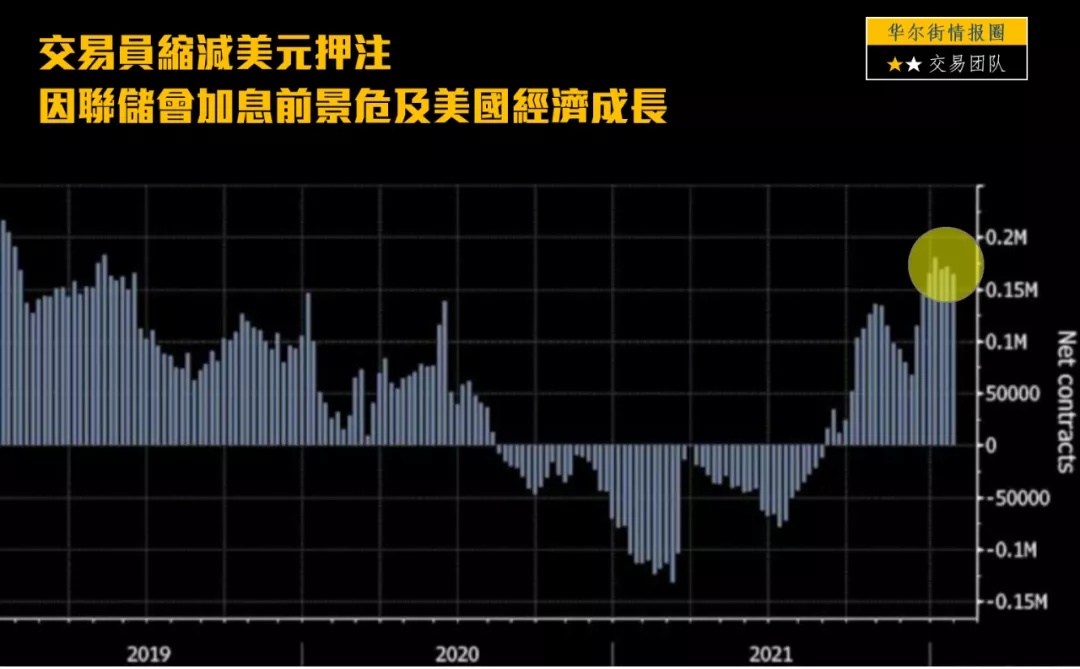-This is a chaotic reaction caused by the lack of consensus on the Fed's expectation of raising interest rates, which is a typical chaotic day.
-The question now is not what the Fed will eventually do, but what the market will expect the Fed to do in the coming days and weeks.
The trend of global markets on Tuesday was unusual:
-Gold price rose (hit a two-week high);
-The US dollar index rose;
-The US stock market rose sharply (the Dow rose 1.06%, the S&P 500 index rose 0.84%, and the Nasdaq rose 1.28%);
-Bitcoin rebounded to more than $45,000 today;
-US bond yields rose (10-year US bond yields hit a two-year high).
-In Asian trading, Chinese stocks fell sharply, with the CSI 300 index falling 2.4% in intraday trading and magically falling only 0.6% at the close. Bloomberg reported that it was "national team funds" that entered the market to support the market and slow down the decline. However, the news was later accused of being untrue.
It seems that everything (except oil prices) is rising, and everyone looks happy, but it is the most chaotic day this year.
The drop in oil prices is good news for Biden, but it may not last because the trend of oil prices since the beginning of last year is similar to that in 2007 and 2008.
Traders feel on pins and needles (not the prelude, not the end), trying to figure out what the problem is, but not the root cause. This is a chaotic reaction to the lack of consensus on the Fed's expectation of raising interest rates, which is a typical chaotic day. Judging from the current chaos, the market price does not reflect the Fed's expectation of raising interest rates, let alone preparing for a shrinking balance sheet.
The short-term interest rate market currently predicts that the probability of the Fed raising interest rates six times before the end of the year is over 40%, and the probability of unexpectedly raising interest rates by 50 basis points in March is 35%.
In the current period, even the differences among Wall Street banks are very obvious (Immortals fight, and ordinary investors look at the excitement).
JPMorgan released a very interesting report (the second bullish report this week), and a nearly 100% accuracy indicator sent a long signal, suggesting buying stocks.
JPMorgan strategists pointed out that when the Cboe Volatility Index (VIX) rises and exceeds its one-month moving average by more than 50%, it will trigger the buy signal. In the past 30 years, except during the recession, the forecast accuracy of this index has reached an astonishing 100%. We think there is still room for upside in the stock market, and this cycle is far from over.
This signal has been triggered 21 times since 1990, and the S&P 500 index has risen by an average of 9% in the six months after the index was triggered. The only time the index sent a wrong signal was during the global financial crisis in 2008, when the S&P index continued to fall sharply by 33% six months later.
On the same day, Bank of America released its second bearish report this week, saying that the risks faced by the US stock market are gathering, exceeding the appearance seen by investors.
Stock derivatives analysts such as Bank of America Gonzalo Asis wrote in Tuesday's report,
The extreme intraday volatility of the stock market and the volatility of individual stock prices this year show that there is a torrent under the appearance of the market. The liquidity of small S&P 500 index futures in electronic disk fell to the level close to the historical low when the epidemic broke out and the market sold in 2020, which aggravated the turmoil. The last time the US stock market rebounded from a plunge of more than 10% without the help of the Federal Reserve was in February 2018, but the rebound at that time did not last, and before the end of that year, the stock market resumed its plunge. This time, the Fed may not take action to support the market until the stock market falls 15% or more from its current level.
Although the Fed's interest rate hike subverts the consensus on Wall Street, its views on the two most important markets are the same (Dark under the chaosThe flow has begun to surge):
1. Reduce bullish dollar bets
Demand for dollar call options has fallen to a nine-month low, although there has been no significant downtrend. Because Wall Street is worried that growth will slow again after a rate hike, weakening the dollar (traders are concerned about what a rate hike means for the economy). Dollar movements are usually intertwined with the economy, and the dollar usually strengthens when the US economy outperforms other countries.
However, traders have not made a big move against the dollar because of the fear of raising interest rates by the Federal Reserve.
2. The 10-year US bond yield rising above 2% will only be the beginning
Last night, the yield of 10-year US bonds once hit the highest level of 1.97% since November 7, 2019, and closed at 1.956%, which has reached the level of triggering some convex transactions (once it hits 1.95%, it has a high probability of exceeding 2%).
From now on, prepare for the 10-year US bond yield to rise above 2% (which will be the first time since August 2019), and the yield may even reach 2.5%-3%.
Markets are preparing for the worst, but the Fed doesn't want to create chaos. The charm of financial markets is that there are always unknowns waiting for you.
$E-mini Nasdaq 100 - main 2203(NQmain)$ $YMmain(YMmain)$ $E-mini S&P 500 - main 2203(ESmain)$ $Gold - main 2204(GCmain)$ $Light Crude Oil - main 2203(CLmain)$





Comments